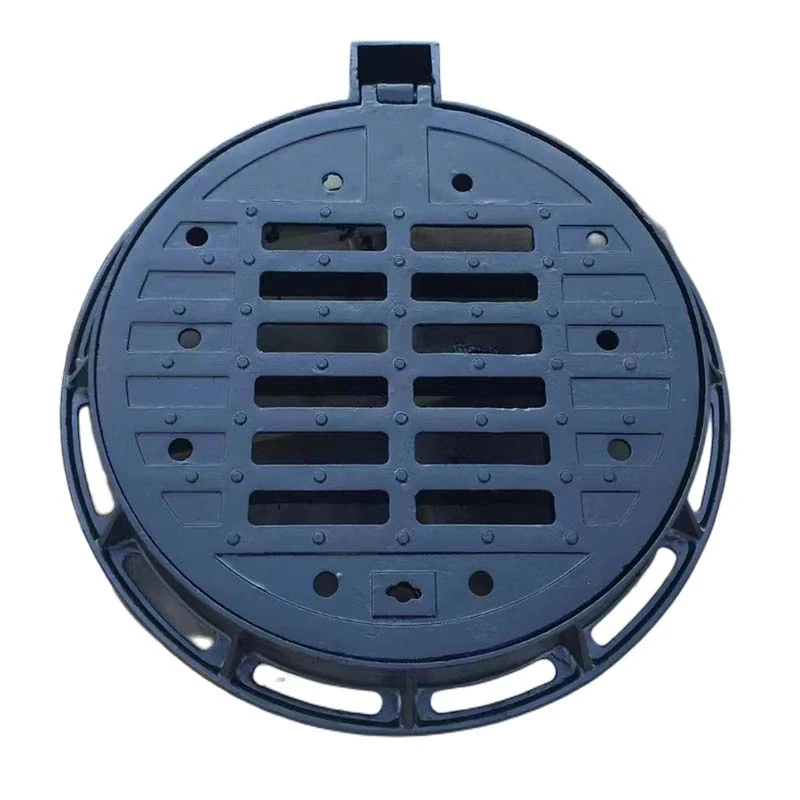Alternative Designs for Bypass Butterfly Valves in Industrial Applications
Bypass Butterfly Valve Essential Component for Fluid Control
In various industrial applications, the need for efficient fluid control is paramount. One of the critical components that facilitate this is the bypass butterfly valve. This type of valve is designed to control the flow of fluids with precision, making it an essential part of many systems, including water treatment plants, chemical processing facilities, and HVAC systems.
Understanding Butterfly Valves
Butterfly valves are quarter-turn valves that consist of a circular disc mounted on a rotating shaft. When the valve is opened, the disc rotates along the axis, allowing fluid to flow through. The simplicity in design provides several advantages, including quick operation, low torque requirements, and a reduced footprint. However, the bypass butterfly valve adds an extra layer of functionality by incorporating a bypass line.
Function of Bypass Butterfly Valves
The primary role of a bypass butterfly valve is to regulate flow in a manner that ensures smooth operation and minimizes pressure drops. The bypass line allows for a secondary route for the fluid to travel, which is especially useful during maintenance or when the primary line needs to be closed. This ensures that the system continues to operate efficiently without complete shutdowns.
For instance, in large pumping systems, a bypass butterfly valve can maintain flow during the maintenance of other components. This is crucial in maintaining operational integrity, especially in systems where continuous flow is necessary, such as in fire protection systems or cooling towers.
by pass butterfly valve

Advantages of Bypass Butterfly Valves
1. Efficient Flow Control By allowing fluid to bypass the main valve, these valves ensure consistent flow and pressure, which is essential in preventing system malfunctions.
2. Space-Saving Design Compared to conventional valves, butterfly valves require less space. The bypass feature can be integrated without significantly increasing the valve's overall footprint.
3. Versatile Applications Bypass butterfly valves are suitable for various fluid types, including water, wastewater, and even some gas applications. Their versatility makes them a popular choice in many industries.
4. Cost-Effective Maintenance Maintenance of bypass butterfly valves can be performed without disrupting the entire system. This reduces downtime and the associated costs of repairs or adjustments.
Conclusion
In summary, the bypass butterfly valve is a crucial component in modern industrial applications. Its design not only facilitates efficient flow control but also ensures that systems can operate seamlessly, even during maintenance or unexpected shutdowns. As industries continue to seek more reliable and efficient fluid management solutions, the bypass butterfly valve is likely to play an increasingly prominent role in achieving these goals. Understanding its functionality and benefits can help engineers and operators make informed decisions that enhance system performance and longevity.
-
Square Sewer Cover Enhances Urban SafetyNewsAug.01,2025
-
Pipe Fitting Requires Precise AlignmentNewsAug.01,2025
-
Manhole Step Is DurableNewsAug.01,2025
-
Manhole Cover Is Found WorldwideNewsAug.01,2025
-
Hole Cover Frame On RoadsNewsAug.01,2025
-
Gully Grate Improves Road SafetyNewsAug.01,2025
-
Man Hole Cover Round Load CapacityNewsJul.31,2025
